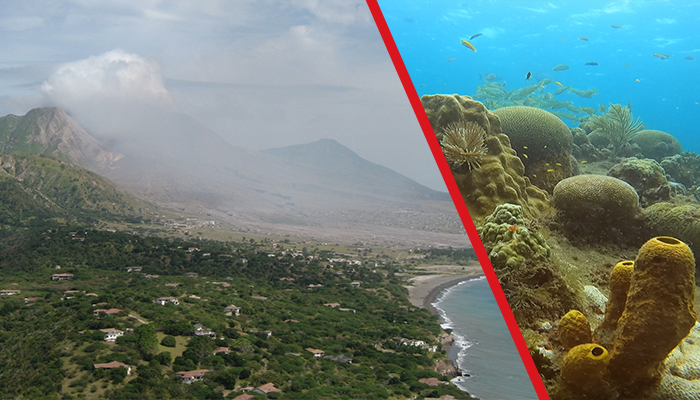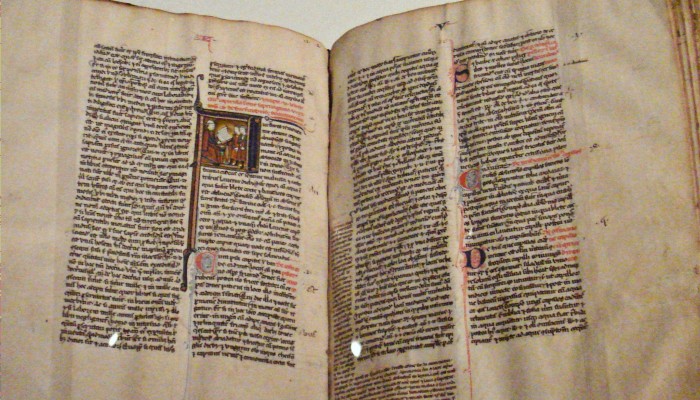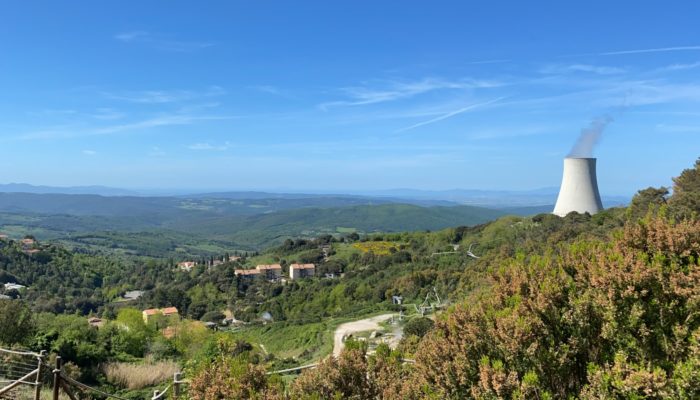Summer time can be stressful – you have plenty of things to do at work but at the same time you’re thinking about your next vacation all the time. This is at least how I was feeling, combined with some curiosity, I asked chatGPT to write a blog post about vacation destinations for geologist around volcanoes in Europe – here are the results, I hope you get inspired: Calling all g ...[Read More]
Volcanoes and Corals: a journey to discover volcanic activity as seen from a coral perspective with Prof. Tom Sheldrake

What can corals tell us about volcanic eruptions? Is it possible corals, in the span of their lives, have recorded valuable data on volcanic eruptions they have witnessed? Today we find it out together with Prof. Tom Sheldrake, who takes us on a journey through coral reefs and volcanic eruptions, giving voice to what corals want to tell us about volcanic activity! Introducing Professor Tom Sheldra ...[Read More]
Elemental etymology – what’s in a name?

Like many scientists in the GMPV sphere, I work a lot with geochemistry – using chemical elements and their differing behaviours, abundances or isotopes as tools to understand Earth processes. While staring at the periodic table, something that’s always niggled at me is where the names of these come from: why is the stuff we breath called oxygen and the sand on the beach made of silicon? Even more ...[Read More]
The role of Geothermal Energy in the energetic and environmental challenge.
How does a Geothermal system work? Heat is a form of energy and, strictly speaking, geothermal energy is heat from inside the Earth. The large amount of thermal energy enclosed below the earth’s surface derives in part from its primordial formation process and in part originates from the decay of radioactive isotopes present mainly in the earth’s crust and, secondarily, in the mantle. ...[Read More]


